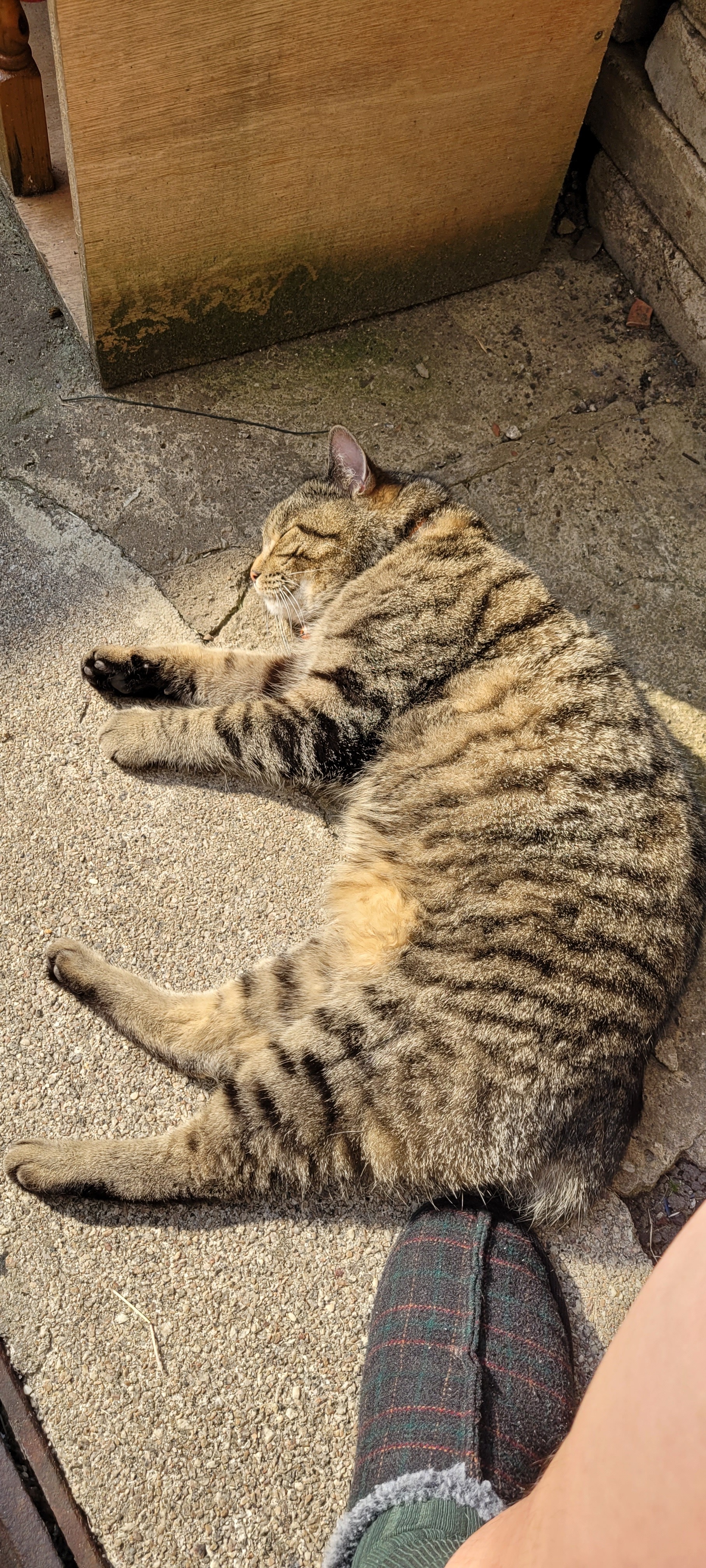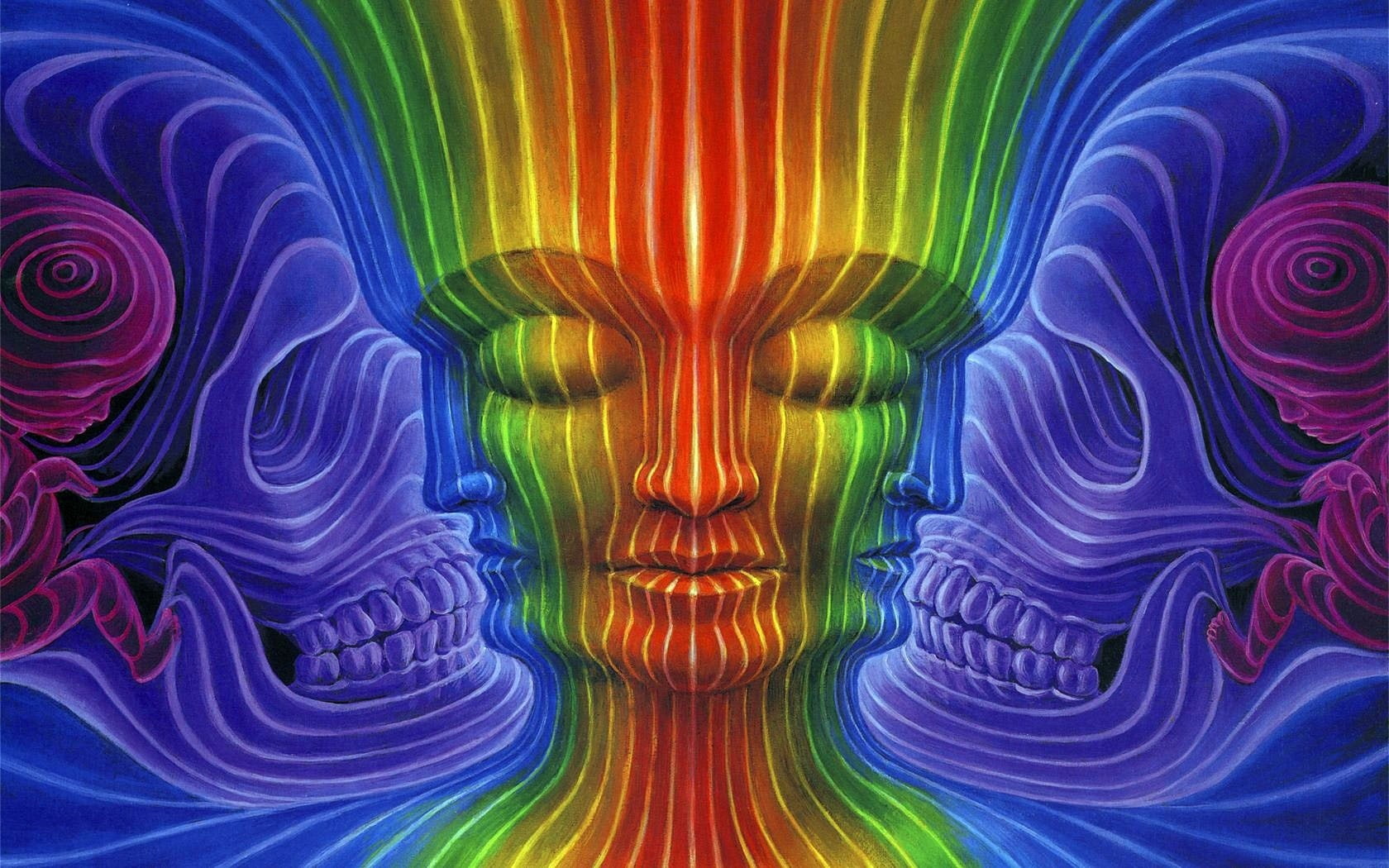Remember Longcat? I remember Longcat. Screw whatever we’re supposed to be talking about, I want to talk about Longcat. Memes were simpler back then, in 2006. They stood for something. And that something was nothing. Memes just were. “Longcat is long.” An undeniably true, self-reflexive statement. Water is wet, fire is hot, Longcat is long. Memes were floating signifiers without signifieds, meaningful in their meaninglessness. Nobody made memes, they just arose through spontaneous generation; Athena being birthed, fully formed, from her own skull.
You could talk about them around the proverbial water cooler, taking comfort in their absurdity: “Hey, Johnston, have you seen the picture of that cat? They call it Longcat because it’s long!”
“Ha ha, sounds like good fun, Stevenson! That reminds me, I need to show you this webpage I found the other day; it contains numerous animated dancing hamsters. It’s called — you’ll never believe this — hamsterdance!” And then Johnston and Stevenson went on to have a wonderful friendship based on the comfortable banality of self-evident digitized animals.
But then 2007 came, and along with it came I Can Has, and everything was forever ruined. It was hubris, people. We did it to ourselves. The minute we added written language beyond the reflexive, it all went to hell. Suddenly memes had an excess of information to be parsed. It wasn’t just a picture of a cat, perhaps with a simple description appended to it; now the cat spoke to us via a written caption on the picture itself. It referred to an item of food that existed in our world but not in the world of the meme, rupturing the boundary between the two. The cat wanted something. Which forced us to recognize that what it wanted was us, was our attention. WE are the cheezburger, and we always were. But by the time we realized this, it was too late. We were slaves to the very memes that we had created. We toiled to earn the privilege of being distracted by them. They fiddled while Rome burned, and we threw ourselves into the fire so that we might listen to the music. The memes had us. Or, rather, they could has us.
And it just got worse from there. Soon the cats had invisible bicycles and played keyboards. They gained complex identities, and so we hollowed out our own identities to accommodate them. We prayed to return to the simple days when we would admire a cat for its exceptional length alone, the days when the cat itself was the meme and not merely a vehicle for the complex memetic text. And the fact that this text was so sparse, informal, and broken ironically made it even more demanding. The intentional grammatical and syntactical flaws drew attention to themselves, making the meme even more about the captioning words and less about the pictures. Words, words, words. Wurds werds wordz. Stumbling through a crooked, dead-end hallway of a mangled clause describing a simple feline sentiment was a torture that we inflicted on ourselves daily. Let’s not forget where the word “caption” itself comes from: capio, Latin for both “I understand” and “I capture.” We thought that by captioning the memes, we were understanding them. Instead, our captions allowed them to capture us. The memes that had once been a cure for our cultural ills were now the illness itself.
It goes right back to the Phaedrus, really. Think about it. Back in the innocent days of 2006, we naïvely thought that the grapheme had subjugated the phoneme, that the belief in the primacy of the spoken word was an ancient and backwards folly on par with burning witches or practicing phrenology or thinking that Smash Mouth was good. Freakin’ Smash Mouth. But we were wrong. About the phoneme, I mean. Theuth came to us again, this time in the guise of a grinning grey cat. The cat hungered, and so did Theuth. He offered us an updated choice, and we greedily took it, oblivious to the consequences. To borrow the parlance of an ex-contemporary meme, he baked us a pharmakon, and we eated it.
Pharmakon, φάρμακον, the Greek word that means both “poison” and “cure,” but, because of the limitations of the English language, can only be translated one way or the other depending on the context and the translator’s whims. No possible translation can capture the full implications of a Greek text including this word. In the Phaedrus, writing is the pharmakon that the trickster god Theuth offers, the toxin and remedy in one. With writing, man will no longer forget; but he will also no longer think. A double-edged (s)word, if you will. But the new iteration of the pharmakon is the meme. Specifically, the post-I-Can-Has memescape of 2007 onward. And it was the language that did it, you see. The addition of written language twisted the remedy into a poison, flipped the pharmakon on its invisible axis.
In retrospect, it was in front of our eyes all along. Meme. The noxious word was given to us by who else but those wily ancient Greeks themselves. μίμημα, or mīmēma. Defined as an imitation, a copy. The exact thing Plato warned us against in the Republic. Remember? The simulacrum that is two steps removed from the perfection of the original by the process of — note the root of the word — mimesis. The Platonic ideal of an object is the source: the father, the sun, the ghostly whole. The corporeal manifestation of the object is one step removed from perfection. The image of the object (be it in letters or in pigments) is two steps removed. The author is inferior to the craftsman is inferior to God.
But we’ll go farther than Plato. Longcat, a photograph, is a textbook example of a second-degree mimesis. (We might promote it to the third degree since the image on the internet is a digital copy of the original photograph of the physical cat which is itself a copy of Platonic ideal of a cat - a Godcat, if you will - but this line of thought doesn’t change anything in the argument.) The text-supplemented meme, on the other hand, the captioned cat, is at an infinite remove from the Godcat, the ultimate mimesis, copying the copy of itself eternally, the written language and the image echoing off each other, until it finally loops back around to the truth by virtue of being so far from it. It becomes its own truth, the fidelity of the eternal copy. It becomes a God.
Writing itself is the archetypical pharmakon and the archetypical copy, if you’ll come back with me to the Phaedrus (if we ever really left it). Speech is the real deal, Socrates says, with a smug little wink to his (written) dialogic buddy. Speech is alive, it can defend itself, it can adapt and change. Writing is its bastard son, the mimic, the dead, rigid simulacrum. Writing is a copy, a mīmēma, of truth in speech. To return to our analogous issue: the image of the cheezburger cat, the copy of the picture-copy-copy, is so much closer to the original Platonic ideal than the written language that accompanies it. (“Pharmakon” can also mean “paint.” Think about it, man. Just think about it.) The image is still fake, but it’s the caption on the cat that is the downfall of the republic, the real fakeness, which is both realer and faker than whatever original it is that it represents.
Men and gods abhor the lie, Plato says in sections 382 a and b of the Republic:
“οὐκ οἶσθα, ἦν δ᾽ ἐγώ, ὅτι τό γε ὡς ἀληθῶς ψεῦδος, εἰ οἷόν τε τοῦτο εἰπεῖν, πάντες θεοί τε καὶ ἄνθρωποι μισοῦσιν; πῶς, ἔφη, λέγεις; οὕτως, ἦν δ᾽ ἐγώ, ὅτι τῷ κυριωτάτῳ που ἑαυτῶν ψεύδεσθαι καὶ περὶ τὰ κυριώτατα οὐδεὶς ἑκὼν ἐθέλει, ἀλλὰ πάντων μάλιστα φοβεῖται ἐκεῖ αὐτὸ κεκτῆσθαι.
[‘Don’t you know,’ said I, ‘that the veritable lie, if the expression is permissible, is a thing that all gods and men abhor?’
‘What do you mean?’ he said. ‘This,’ said I, ‘that falsehood in the most vital part of themselves, and about their most vital concerns, is something that no one willingly accepts, but it is there above all that everyone fears it.’]”
Man’s worst fear is that he will hold existential falsehood within himself. And the verbal lies that he tells are a copy of this feared dishonesty in the soul. Plato goes on to elaborate: “the falsehood in words is a copy of the affection in the soul, an after-rising image of it and not an altogether unmixed falsehood.” A copy of man’s false internal copy of truth. And what word does Plato use for “copy” in this sentence? That’s effing right, μίμημα. Mīmēma. Mimesis. Meme. The new meme is a lie, manifested in (written) words, that reflects the lack of truth, the emptiness, within the very soul of a human. The meme is now not only an inferior copy, it is a deceptive copy.
But just wait, it gets better. Plato continues in the very next section of the Republic, 382 c. Sometimes, he says, the lie, the meme, is appropriate, even moral. It is not abhorrent to lie to your enemy, or to your friend in order to keep him from harm. “Does it [the lie] not then become useful to avert the evil—as a medicine?
Jesus fuck…I want to read that, but I’m not going to…
I read every goddamned word and it was glorious.
You should come outside. The sun is beautiful today.
I…I am outside? And it’s raining…
I didn’t read it either lmao
If this is copypasta, I am in awe.
If this is original, I am in awe.
Longcat is longgg.
Longcat vs Tacgnol is to this day still one of my favorites.
This throwback Thursday was the best day in Lemmy so far!
L O N G T H Y
pls take a look at this: https://http.cat/status/414 (http.cat for more)

This many years later, and I still cannot comprehend this feline’s inexplicable length…





